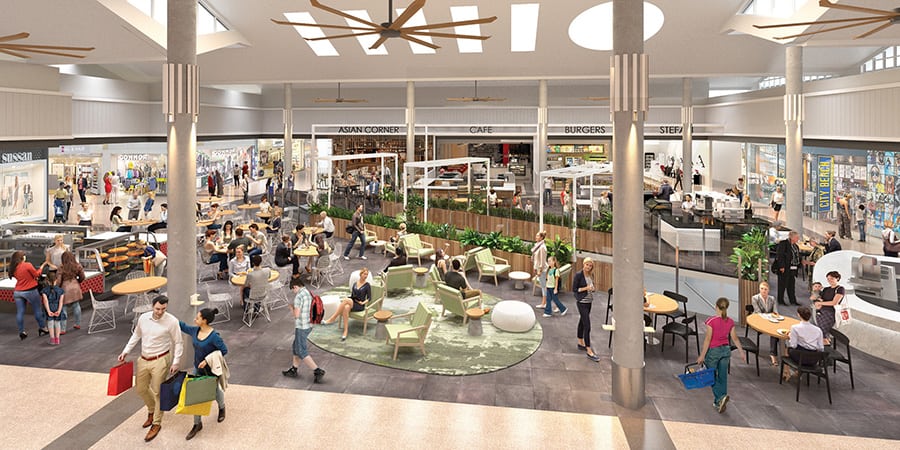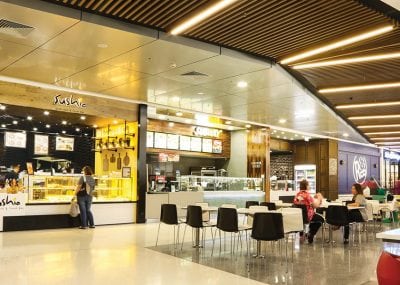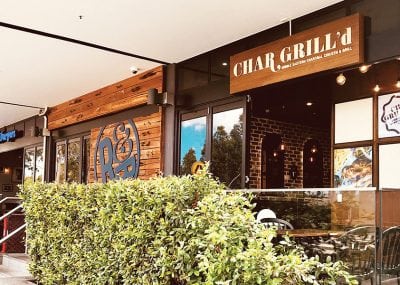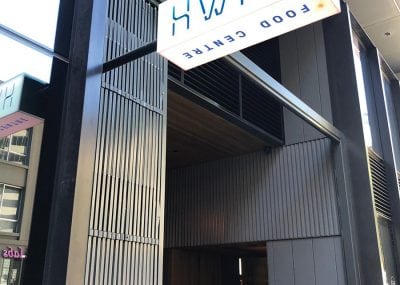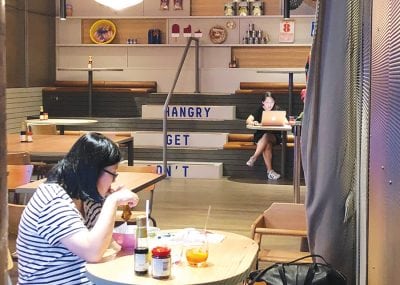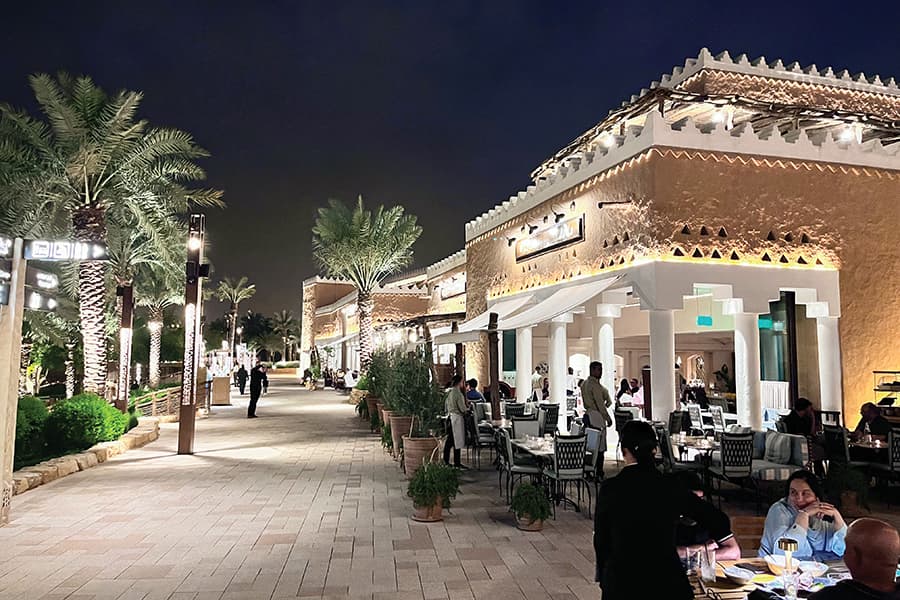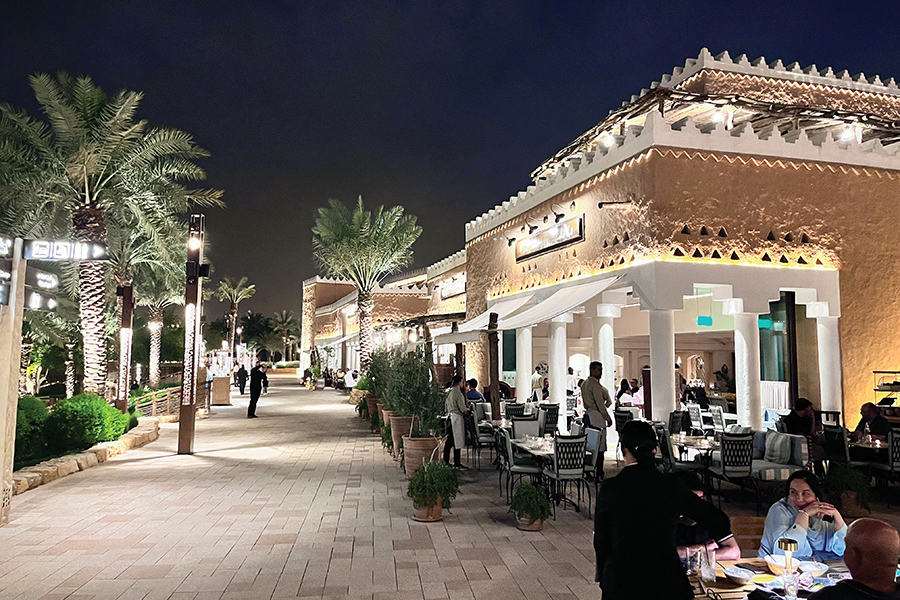Another view on the changing nature of food and beverage in smaller centres and how they differ from their ‘Big Gun’ cousins. Innovation is a key and it’s easier in a smaller centre.
Sub-regional shopping centres face tough challenges ahead in benefitting from the boom in food catering. Almost all sub-regionals have a food court in the composition, but unlike their Big Gun cousins who offer a variety of 13 outlets in their food courts, the Little Gun sub-regionals range from about four to eight choices only. Their attractiveness is further eroded by the fact that very few brands or majors are represented in sub-regional food courts. This leads to less engagement with the food court by shoppers when they are in a sub-regional centre than when they are in a larger regional centre.
With four times as many sub-regional food courts than regional ones, Little Gun food courts don’t add too much value or point of difference to attract additional shopping centre traffic. They function merely as an incidental and impulse purchase in a pragmatic and often ‘vanilla’ environment.
With growing pressure on sub-regional centres to remain relevant to their shoppers, we have been working with pro-active asset owners to re-invent the sub-regional food catering experience and drive improved productivity and rents. Here are two solutions we’ve helped develop and a third really cool idea we’ve come across.
Aim to trade day & night
Problem: For many sub-regional centres, the lack of an entertainment anchor means the food court really only appeals to customers in the centre during the day. This means a food catering outlet in a sub-regional reaches an MAT of only about half that which they would achieve if they were located in a regional centre. That makes it hard to attract brands and top tier operators.
Solution: A great solution to this can be seen at Mirvac’s Stanhope Village in Sydney where we helped Mirvac create a hybrid food court and restaurant precinct. After carefully calculating how many fast and slow food tenancies could be sustained – the crux of the strategy was to create double-sided slow food tenancies that could trade to the street in the evening but also offer a ‘fast food’ counter to the Mall to complement three to four fixed internal fast food offers. We are super proud of this strategy and what it has done to connect Stanhope to its customers by day and night. Some great leasing from the Mirvac team saw a well crafted food offering including many headline brands.
- Mirvac’s Stanhope Village – casual dining trades into the mall
- and to the street
Remove the food court and re-distribute the offer
Problem: The centre traffic can only sustain a six outlet food court so the calibre of operators is sub-standard and lacks appeal. Assignments are common and no one re-invests in their store because the average MAT is too low.
Solution: Brookside, a sub-regional in Brisbane took a blow when Myer decided to exit. The owners and centre management team took the opportunity to re-consider what the trade area was lacking and were able to replace Myer with a Target. There was further opportunity to add a new mini major but there was no space, so the decision was made to backfill the food court of around 1,000m2 with the new mini major and create a new food ‘heart’ around the centre court comprising a mix of in line larger format casual dining shops complemented by several fast kiosk model food offerings. This effectively is making food a ‘hero’ precinct instead of a poor relation and aims to draw customers into the heart of the centre to increase dwell time. A really clever re-invention.
Dare to break the valuation mould
Problem: For many sub-regional centres, a fixed food court of only a handful of offers becomes incredibly boring for both customers and also the centre’s retail staff working population who are frequent users of the food court. Everyday it’s the same six or so unbranded outlets to pick from – very ho hum.
Solution: We have been proposing this for many of our university clients so we were pleased to come across this model under a residential tower in Melbourne’s downtown.
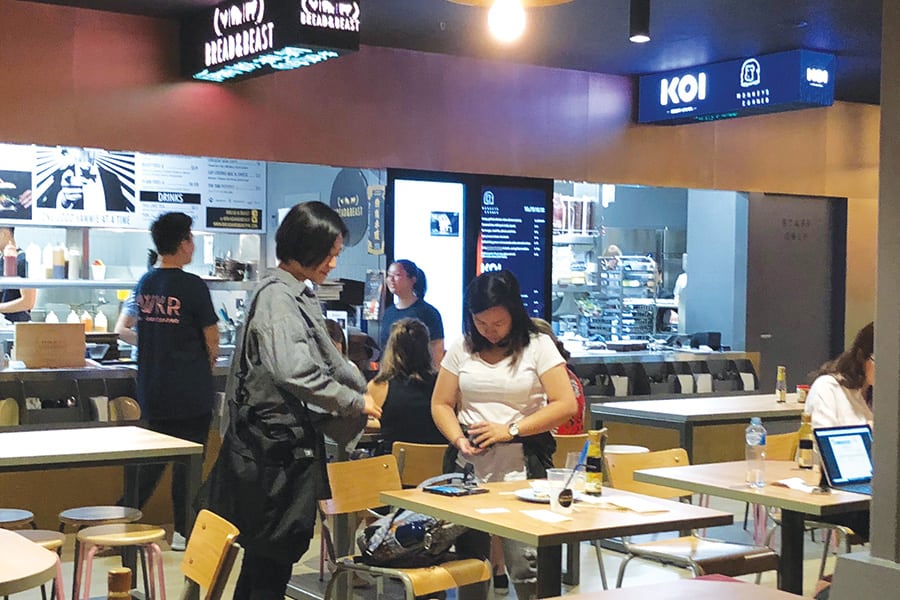
HWKR Centre, Melbourne
- Food Centre, Melbourne
HWKR is a five outlet food hall with only one tenancy on a fixed term retail lease. The other three in line stores and one kiosk have been built and fitted out by the building owners and are ‘let’ on a casual basis of about six months per store to entrepreneurial and artisan foodies who are passionate about making delicious food but can’t afford to fit out a store.
For sub-regionals with significant student or millennial representation in the trade area this is a potential way to refresh and remain relevant to a demanding and easily bored customer.
Innovate or perish
Three problems – three different solutions. It’s our mission to innovate and create new-to-market concepts constantly. It’s a call out to all Little Guns to join us on this path to re-invention.


